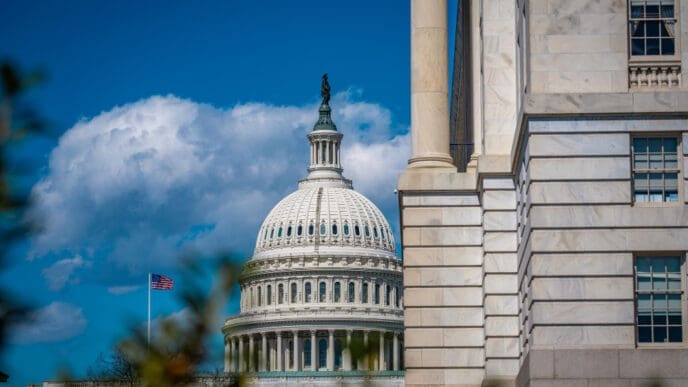In a remarkable event this year, a gardening enthusiast in upstate New York uncovered more than just soil in his backyard. While tending to his garden near Scotchtown, approximately 70 miles northwest of New York City, the homeowner stumbled upon two unusual objects initially mistaken for baseballs, which were later identified as fossilized mastodon teeth.
The chance discovery led to an excavation by experts from the New York State Museum and the State University of New York Orange County campus. Their efforts resulted in unearthing a nearly intact jaw of a mastodon, along with fragments of a toe bone and a rib. These findings have sparked significant interest in the scientific community, as stated by Robert Feranec, director of research and collections at the state museum.
Feranec noted, “The jaw is an incredible find and offers a unique opportunity to study the ecology of this magnificent species, enhancing our understanding of the Ice Age ecosystems in the region.” Alongside the jaw, the additional bone fragments provide essential context and potential for further research, according to Cory Harris, chair of SUNY Orange’s behavioral sciences department.
Harris also mentioned the possibility of more fossilized remains being preserved in the vicinity, suggesting future exploratory work could yield additional discoveries. This jawbone is particularly significant as it marks the first complete mastodon jaw found in New York in over a decade, amidst more than 150 such fossils unearthed across the state. A notable concentration of these findings has been documented in Orange County.
The fossils are set to undergo carbon dating and analysis to determine specifics about the mastodon’s age, diet, and habitat, offering deeper insights into the creature’s life and times. Plans for the public display of these fossils are underway, with museum officials aiming to showcase them in 2025.
The discovery in Scotchtown presents an exciting opportunity for paleontologists and enthusiasts alike to delve deeper into the history of mastodons in New York. This finding not only enriches the state’s paleontological archives but also opens new avenues for research and public interest in Ice Age life.
Source: News4jax














